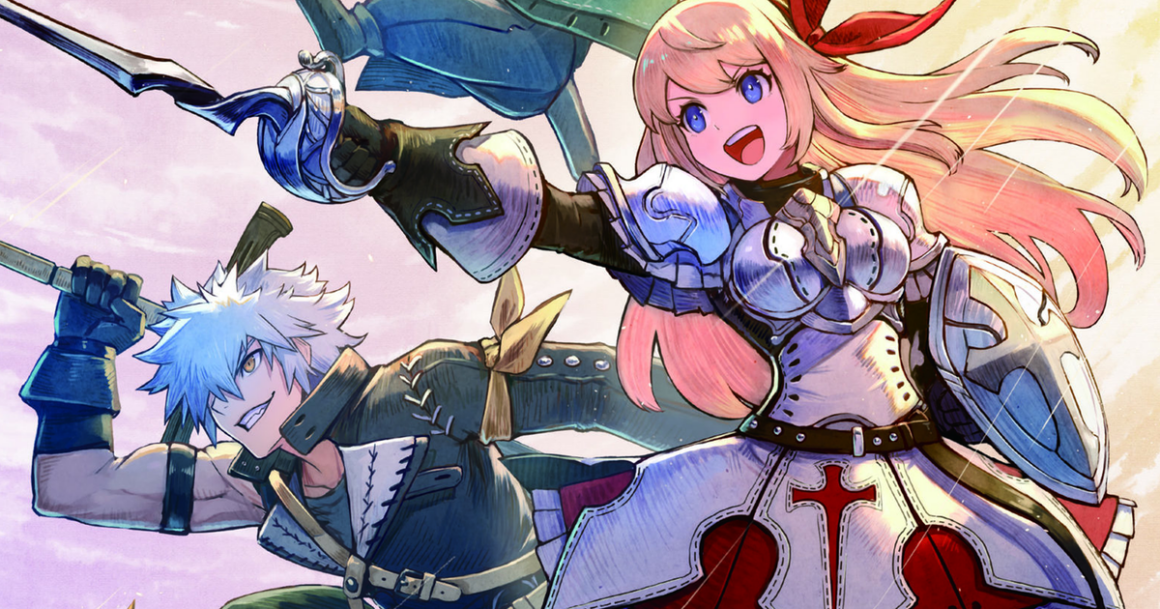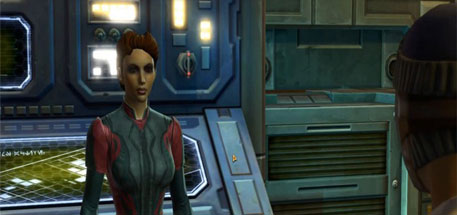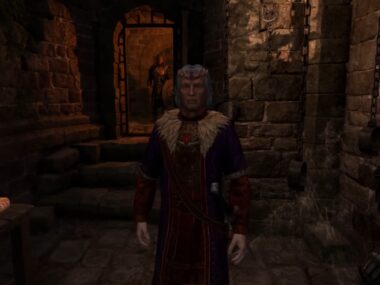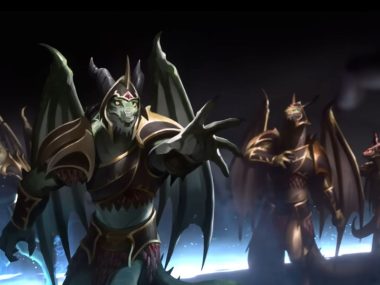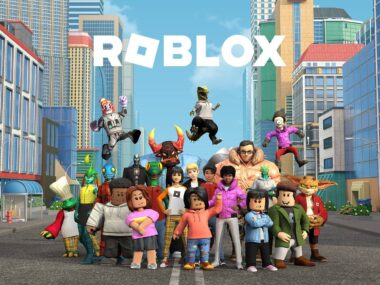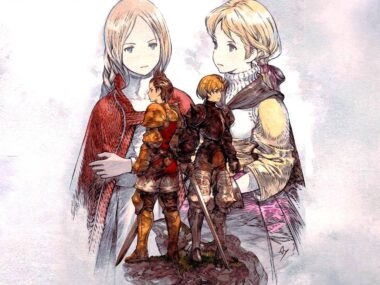Every fantasy world has an origin story. For Japan, that story doesn’t begin with a Tolkien-inspired tabletop. Sword World RPG didn’t just become Japan’s homegrown answer to Dungeons & Dragons. It redefined how stories were told, published, and consumed across novels, manga, and anime. How did a handful of magazine transcripts spiral into one of the most influential engines of Japanese pop culture?
D&D Lands in Japan and Something New Sparks
In 1985, the Japanese market got its first taste of D&D through the BECMI rule sets. It wasn’t the rulebooks alone that hooked players, but it was the replays.
In 1986, a group of gamers calling themselves Syntax Error began publishing transcripts of their D&D sessions in magazines like Comptiq. These logs didn’t just describe the game mechanics. They captured the full theater of play of dice rolls, player banter, and in-character drama.
For Japanese readers, who had never seen an RPG played out, this was electrifying. Suddenly, the mysteries of D&D were demystified.
From Replay to Record: Birth of Lodoss War
At the center of it all was Ryo Mizuno, Dungeon Master, writer, and the future architect of Sword World.
Mizuno’s campaigns took place on a cursed island called Lodoss. As the replays grew in popularity, Mizuno adapted them into a high fantasy novel series: Record of Lodoss War.
The transition was natural. Replays were already half-story, half-game. Mizuno’s edits turned them into full-blown epics, smoothing out the dice chatter and elevating the drama.
There was a little problem though: the setting was tied to D&D. TSR, the American company behind the game, wasn’t keen on licensing. Mizuno’s group needed a system of their own.
The System That Changed Everything
Enter Sword World RPG, released in 1989 by Group SNE. It was designed for accessibility. Instead of rare polyhedral dice, players rolled two six-sided dice. Instead of bulky rulebooks, Sword World came in pocket-sized volumes priced for students.
The mechanics were simple, fast, and flexible. It was perfect for the “party-based” adventures that Japanese audiences had already embraced through Lodoss. Sword World gave readers-turned-players the chance to step into the worlds they had only experienced on the page.
Replays, Light Novels, Anime: Sword World’s Ripple Effect
Sword World cemented the replay format as more than a fad. Game transcripts became stories. These stories soon became light novels, many written in the style of RPG replay. Light novels spawned anime adaptations.
This chain reaction made the concept of party-based adventuring, character classes, skill trees, and guilds popular in Japan. Popular series like KonoSuba, Goblin Slayer, Sword Art Online, and Re:Zero wouldn’t exist without Sword World’s rise. Lodoss War helped popularize the medieval European fantasy aesthetic in Japan by blending Western D&D influences with Japanese culture.
Sword World’s system of using d6 dice and easily accessible rulebooks, established the model for Japanese tabletop RPGs and video games. Games like Dragon Quest and Final Fantasy drew from Sword World’s class systems, world-building, and quest-based progression.
The Long Legacy: 2.0, 2.5, and Beyond
Sword World didn’t fade into nostalgia. It evolved. Sword World 2.0 dropped in 2008, overhauling the system for modern play. Sword World 2.5 followed in 2018, proving the game still commands the top spot in Japan’s fantasy TTRPG scene.
Three decades in, it remains the definitive Japanese RPG thanks to the culture it spawned. Even now, the legacy of their tropes can still be felt in modern anime, video games and the genre of Japanese fantasy. Sword World RPG and Record of Lodoss War created a new way for Japanese creators and audiences to experience, tell, and share fantasy stories.
Sword World didn’t just give Japan a homegrown RPG. It gave Japanese fantasy its DNA.
